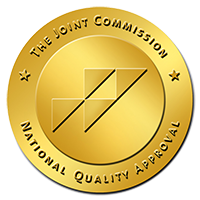Furnace/Carbon Monoxide Safety
“If your furnace is greater than 10 years old it should be inspected each year” states Greg Sanders, owner of Jack’s Refrigeration. This is probably best if done before the cold weather comes in for the season. You may want to have the furnace inspected when moving in to a new house (buying or renting).
Replace existing carbon monoxide detectors at least every five years. Greg Sanders goes as far as recommending replacing them about every two years. He mentioned that he has seen incidents where there was a carbon monoxide event at a house even through the house had multiple carbon monoxide detectors. They just did not work. If you don’t know how old the CO detector is, replace it. If you do know how old the CO detector is follow the manufacturer’s replacement recommendations.
Below are tips from the National Fire Protection Association to help avoid carbon monoxide poisoning.
- During and after a snowstorm, make sure vents for the dryer, furnace, stove, and fireplace are clear of snow build-up.
- If you need to use a generator, it should be used in a well-ventilated location outdoors away from windows, doors and vent openings.
- If you need to warm a vehicle, remove it from the garage immediately after starting it. Do not run a vehicle or other fueled engine or motor indoors, even if garage doors are open. Make sure the exhaust pipe of a running vehicle is not covered with snow.
- CO alarms should be installed in a central location outside each sleeping area and on every level of the home and in other locations where required by applicable laws, codes or standards. For the best protection, interconnect all CO alarms throughout the home. When one sounds, they all sound.
- Follow the manufacturer’s instructions for placement and mounting height.
- Choose a CO alarm that has the label of a recognized testing laboratory.
- Call your local fire department’s non-emergency number to find out what number to call if the CO alarm sounds.
- Test CO alarms at least once a month; replace them according to the manufacturer’s instructions.
- If the audible trouble signal sounds, check for low batteries. If the battery is low, replace it. If it still sounds, call the fire department.
- If the CO alarm sounds, immediately move to a fresh air location outdoors or by an open window or door. Make sure everyone inside the home is accounted for. Call for help from a fresh air location and stay there until emergency personnel.
https://www.nfpa.org/Public-Education/By-topic/Fire-and-life-safety-equipment/Carbon-monoxide



